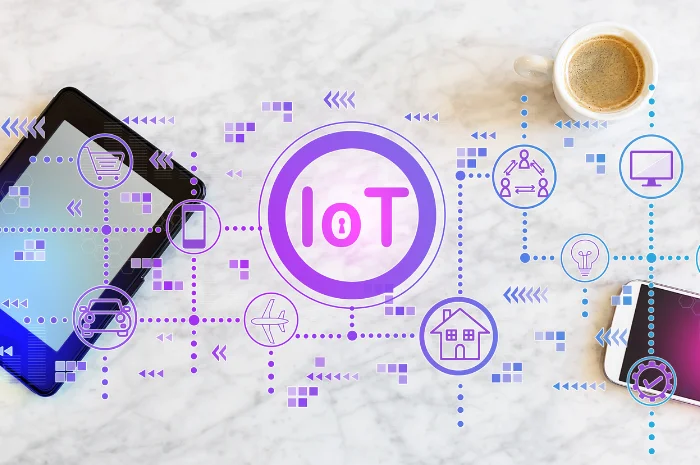What are APIs?
Application programming interface or API is basically an interface, not to be confused with the user interface, between software components. This interface helps different components exchange data they require to perform a specific function.
However, this flow of data or information does not expose any important part or work of an application. Therefore, APIs are important in software development.
How Does an API Work?
Take an example of a ride-sharing application. Whenever a user requests payment, the API fetches details of credit or debit cards to make the transaction successful. However, it does not reveal the information and initiate the process. If it is successful, APIs return the response as ‘successful’ to the application.
Also Read: Software Development Automation: Accelerating Efficiency and Quality
What are Microservices?
Microservices are independent services or functions of an application. They differ from each other in terms of technology stacks, functionalities, databases, and data management methods. However, they are a part of an application and communicate with other services through APIs.
Each service or function is loosely coupled with each other. Thus, if something wrong happens to one other remains unaffected. That is the benefit of microservice architecture. Additionally, they reduce the complexities of software development.
How Do They Work?
Let’s continue with a ride-sharing app example. The app can have different microservices for functionalities such as payment processing or alerts. So, when a user makes a payment both microservices work together and send the notification of successful payment to the user.
So, What’s the Difference
Microservices and APIs work hand-in-hand. One serves as a building block and the other acts as a thread that binds each block. But they have some key differences.
Difference in a Glance

Microservices vs APIs: Explaining Differences in Detail
1. Purpose
Microservices help in the parallel development of different components of software. Whereas APIs help in communication between them. However, their work is not limited to one software or application. The public APIs allow access to different functions irrespective of the tool and languages used to develop them.
2. Types
There is a difference in the way microservices, and APIs are categorized. Formal is divided on the state in which they operate. For example, if it remembers past results while processing a request, it is called a stateful microservice. A microservice that does not take past results into account is known as stateless.
On the other hand, APIs are broadly categorized based on protocol, architecture, and audience. In general, there are three types of APIs:
- Public: Any third party or developer can use this type of API
- Private: Only an organization’s internal team can access private APIs
- Partner: Shared only with the mutual agreement between parties accessing them
Besides these types, APIs are also categorized based on use cases. There are web APIs, remote, REST APIs, database APIs, RPC, and SOAP APIs.
3. Debugging
The distributed architectural style of microservices makes debugging difficult whereas tracking errors is easy in APIs.
4. Security
Security is an essential part of software development as lots of sensitive data is exchanged for proper functioning. Microservices are more secure than APIs as development and management are in the hands of the internal team.
Despite these differences between APIs and microservices, they have to work together. Here is why.
Why They Need to Work Together?
Though microservices work independently, they need to communicate with each other to get things done. APIs act as the bridge and facilitate this communication. It also helps in securely sharing information when microservices work with third-party services like payment gateways.
APIs are also helpful when integrating microservices with different architectures. All these benefits of APIs help businesses reduce their IT cost and easily scale applications.
The Takeaway
Microservices and APIs are important for developing high-quality, scalable, flexible, secure, and agile software projects. They ensure smooth collaboration between services, both internal and external. Therefore, instead of seeing them as competitors’ businesses must use them together.







